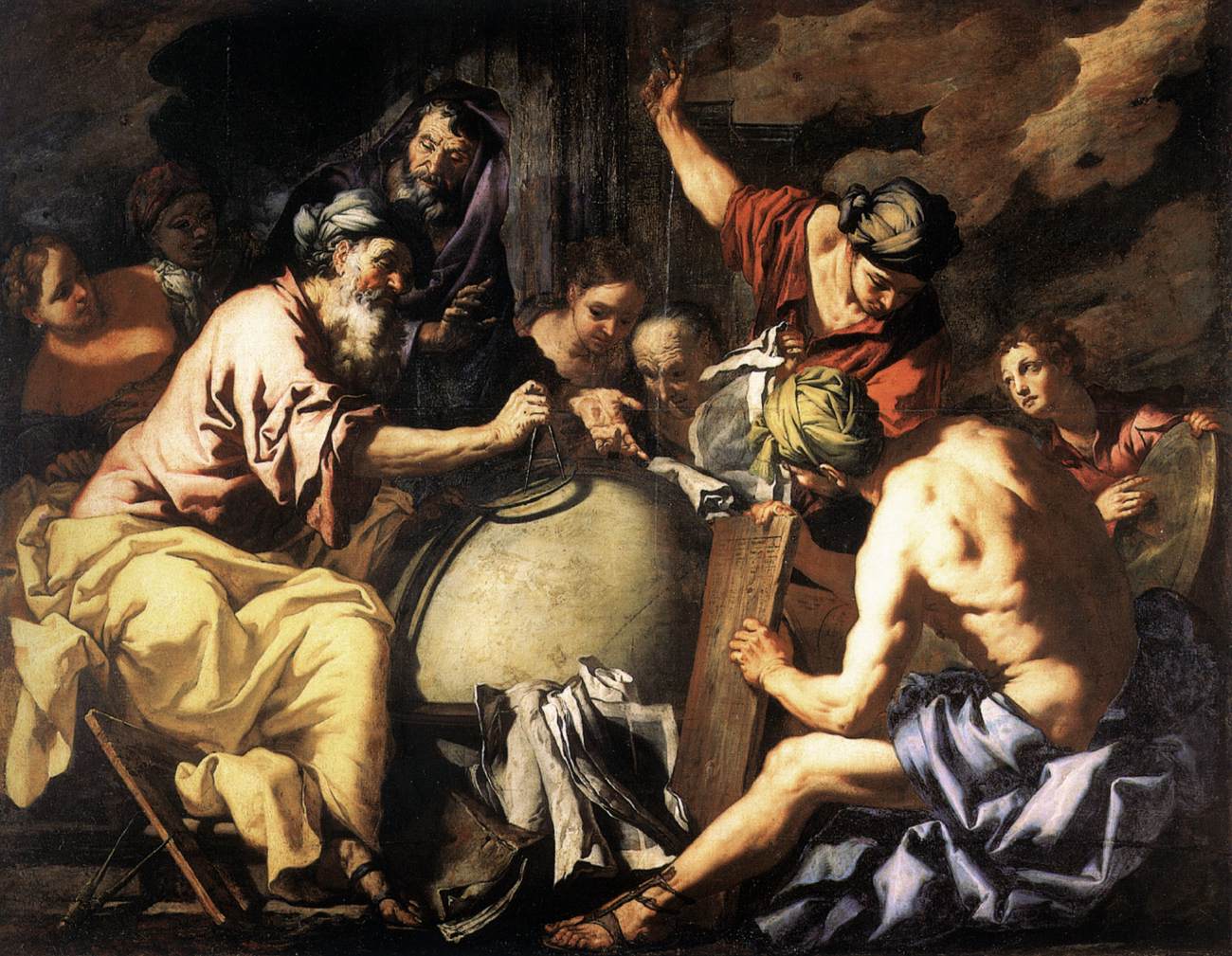Italian painter. His first teacher was Giacomo Pedrali (d 1660), whose influence, however, is not discernible in Zanchi's work. At an early age he travelled to Venice to study under Matteo Ponzone (1580/90-1664). The latter's style, which was influenced by Tintoretto, played a limited role in his development; the influence of Francesco Ruschi (active 1643-56), originally from Rome and also active in Venice, Vicenza and Treviso, was more important during the artist's formative years. The plasticity of the figures and the hard, almost metallic fall of the folds in the drapery that characterize his first known works, a series of etched frontispieces for opera librettos (earliest 1655: La Statira by G. F. Busenello), are certainly indebted to Ruschi. The few paintings by Zanchi that can be dated to the 1650s, such as the Entry into Jerusalem (Padua, Casa di Pena), also display similarities to Ruschi but at the same time betray a great interest in the early work of Luca Giordano and in Giovanni Battista Langetti, who had come from Genoa and worked in Venice.
In the following years Zanchi adopted their stylistic traits, characterized by a strongly accentuated realism, dramatic chiaroscuro effects and a preference for violent subjects. He soon became a prominent representative of the tenebrists and was considered to be one of the most promising artists in Venice (Martinioni, 1663). Good examples of this phase of his development include the canvases Samson and Delilah and Alexander and the Body of Darius (early 1660s), painted to decorate the Palazzo Albrizzi, Venice (in situ), the spectacular Abraham Teaching Astrology to the Egyptians (early 1660s; Venice, Santa Maria del Giglio) and the monumental Plague in Venice (1666; Venice, Scuola Grande di San Rocco). These paintings are all characterized by a somewhat theatrical realism, inspired particularly by Langetti, and a very effective use of light; the last mentioned, in particular, helped Zanchi establish himself as a painter of large-scale religious compositions.
He received important commissions, including Christ Driving the Money-changers from the Temple (1667) for the Scuola di S Fantin, Venice, and two scenes of the Martyrdom of St Julian (1674) for the church of S Giuliano, Venice (all in situ); these are based on compositions by Veronese, which Zanchi transformed into theatrical Baroque works. His fame extended as far as Munich, where he executed works for the Residenz (e.g. Joseph Presenting his Brothers to the Pharaoh) and an altarpiece (destroyed in 1944) for the Theatinerkirche, probably at the beginning of the 1670s.
//
![]()





